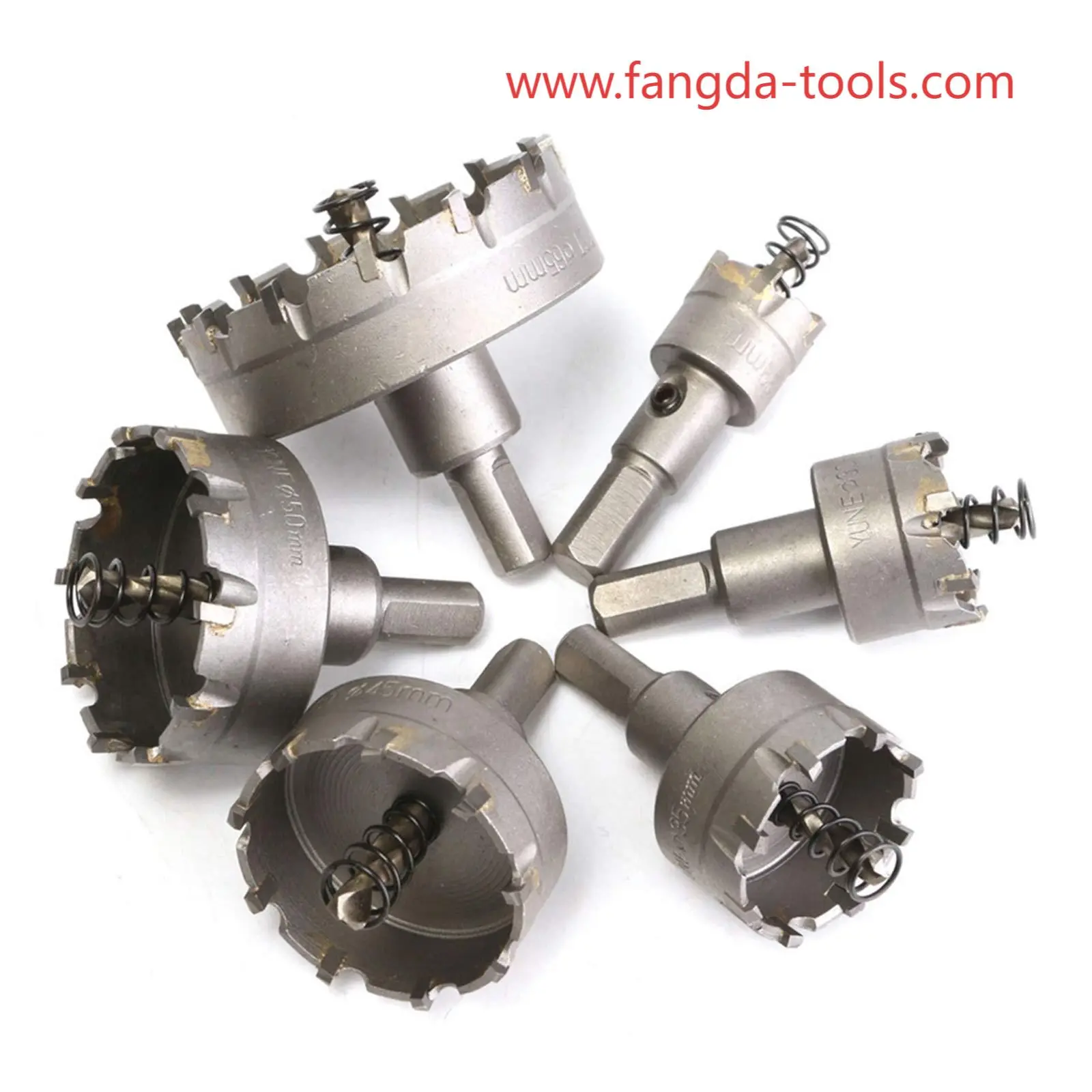
Related Blogs
Will a Hole Saw Cutter Create Cleaner Openings?
4 minutes, 15 seconds
-28 Views 0 Comments 0 Likes 0 Reviews

Woodworking tasks rely heavily on tools that provide steady cutting action and predictable performance across different materials. Whether in professional workshops or home project spaces, users often look for cutting tools that help maintain smooth workflow and clear alignment. Among these tools, the Wood Cutting Saw Blade offered by fangda-tools is frequently noted for its role in supporting controlled, consistent cutting paths that fit a wide range of woodworking activities.
Cutting through wood requires coordination between blade design, feed pressure, and task pacing. A balanced saw blade helps guide the tool through the material with reduced deviation, supporting straighter lines and more uniform edges. This consistency matters in tasks such as panel preparation, framing, trim installation, or furniture production, where accuracy influences the final assembly and overall project rhythm.
In daily workshop settings, users often rotate through different types of wood, including softer boards, engineered sheets, and denser hardwoods. A saw blade that interacts smoothly with varying densities helps minimize interruptions caused by sudden resistance shifts. When a blade maintains steady contact, it becomes easier for users to follow marked lines and sustain a comfortable cutting pace.
Another important factor in cutting quality is vibration control. Excessive vibration can affect both alignment and the cleanliness of the cut. A saw blade with stable engagement helps manage vibration levels, supporting smoother motion and helping users maintain control through longer cuts. This is especially beneficial in environments where repetitive cutting tasks require consistent results over extended periods.
The durability of a saw blade also influences workflow efficiency. A cutting edge that maintains its form well helps reduce the need for frequent blade changes or reconditioning. This supports smoother project timelines and allows users to focus on material layout, measurement accuracy, and assembly work rather than constant tool adjustments.
Machine compatibility is a practical advantage as well. Many woodworking spaces use a combination of handheld saws, table saws, and sliding saw systems. Having a blade that fits various common setups simplifies work transitions and makes it easier to manage different cutting tasks within a single project. This adaptability supports both experienced craftsmen and newer users who rely on versatile equipment to complete a wide range of activities.
Organization also plays a role in productivity. Saw blades stored in cases or racks allow workers to quickly select the right blade for the task ahead. Easy identification helps reduce downtime and supports a more orderly workflow, particularly in busy workshops where multiple tools are used throughout the day.
Woodworking relies on balanced, predictable, and accessible tools, and wood-cutting saw blades remain an essential part of this structure. Their design supports smooth contact with materials, steady cutting motion, and consistent edge quality. These qualities contribute to a more manageable and efficient project experience, whether the user is completing a small home improvement task or working through a full workshop schedule.
If you are ready to explore tools that support clear cutting paths and steady work progression, consider turning the page to a new selection opportunity. Begin that step by visiting: https://www.fangda-tools.com/product/ .






Share this page with your family and friends.